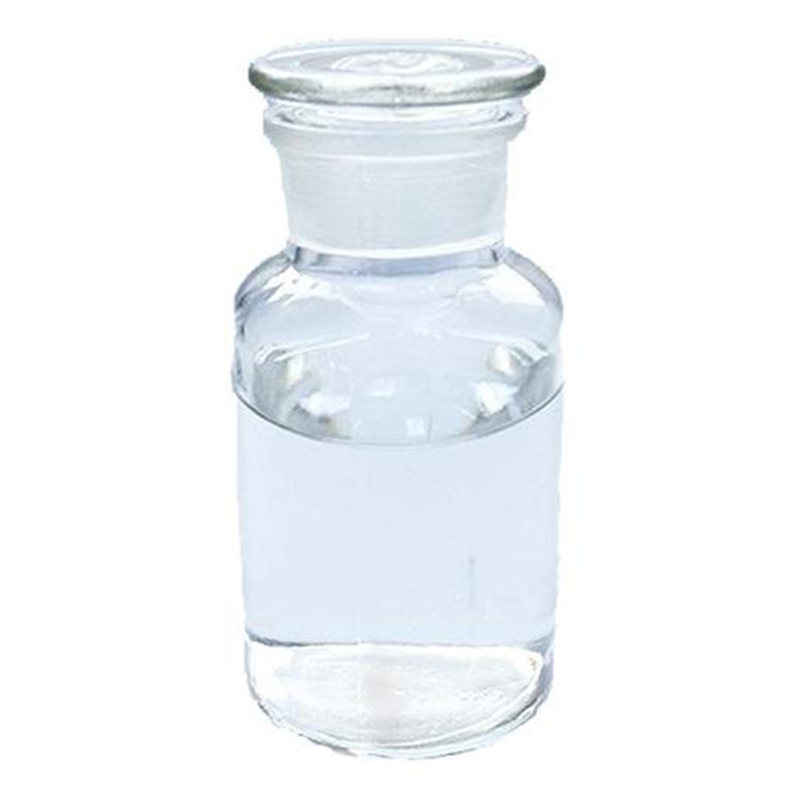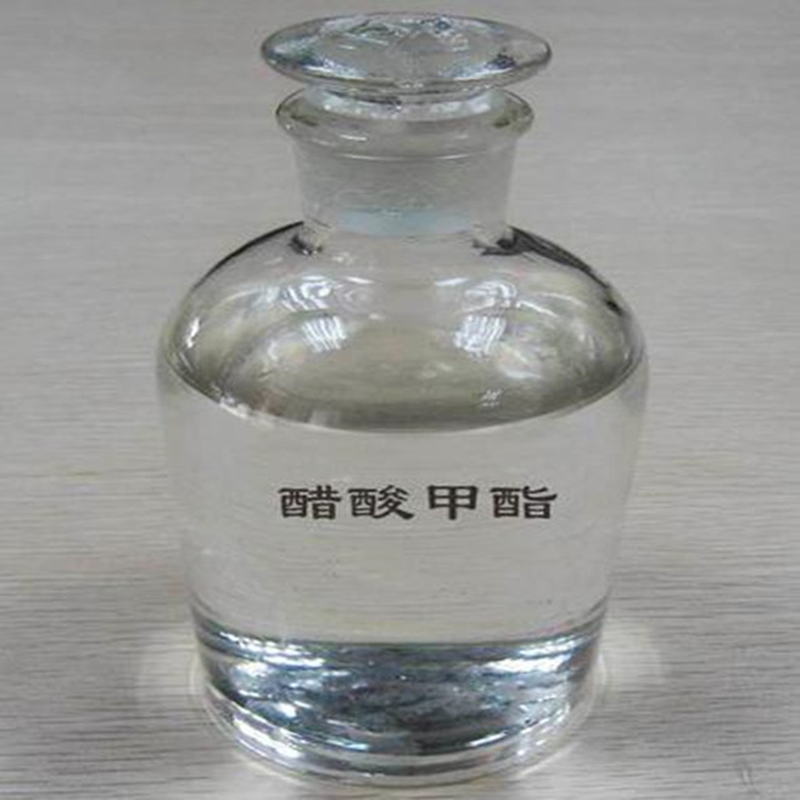
Triethylamine
Key words:
Triethylamine
Classification:
- Details
-
triethylamine
Triethylamine, organic compound, systematically named N, N-diethylethylamine, is a colorless and transparent liquid with a strong ammonia odor, slightly fuming in the air. Soluble in water, soluble in ethanol and ether. The aqueous solution is weakly alkaline. Flammable, explosive. Toxic and highly irritating. Mainly used in industry as solvents, curing agents, catalysts, polymerization inhibitors, preservatives, and synthetic dyes.
chemical properties
Organic alkali, and inorganic acids to form soluble salts. Flammable, its vapor and air can form an explosive mixture, which can cause combustion and explosion in case of open flame and high heat energy. Can react strongly with oxidants. Its vapor is heavier than air and can spread to a considerable distance at a lower place. In case of fire, the source will catch fire and backfire. Corrosive.
Storage and transportation method
The warehouse is ventilated and dry at low temperature; it is stored separately from oxidants and acids
Precautions
risk
Health hazards: Strong irritation to the respiratory tract, inhalation can cause pulmonary edema and even death. Oral corrosion of the mouth, esophagus and stomach. Contact with eyes and skin can cause chemical burns.
Explosion hazard: This product is flammable and highly irritating.
First aid measures
Skin Contact: Immediately remove contaminated clothing and rinse with plenty of running water for at least 15 minutes. seek medical attention.
Eye Contact: Immediately lift the eyelids and rinse thoroughly with plenty of running water or normal saline for at least 15 minutes. seek medical attention.
Inhalation: Quickly leave the scene to a place with fresh air. Keep the airway unobstructed. If breathing difficulties, give oxygen. If breathing stops, give artificial respiration immediately. Seek medical attention.
Ingestion: Gargle with water, give milk or egg whites. Seek medical attention.
Fire fighting measures
Harmful combustion products: carbon monoxide, carbon dioxide, nitrogen oxides.
Extinguishing method: Spray water to cool the container and move the container from the fire site to an open area if possible.
Extinguishing agent: anti-soluble foam, carbon dioxide, dry powder, sand. Water extinguishing is ineffective.
Leak treatment
Emergency treatment: Quickly evacuate the personnel from the leaking contaminated area to the safe area, isolate them, and strictly restrict access. Cut off the source of fire. It is recommended that emergency response personnel wear self-contained positive pressure breathing apparatus and anti-virus clothing. Enter the scene from the upper wind. Cut off the source of leakage as much as possible. Prevent inflow into restricted spaces such as sewers and flood drains.
Small leakage: adsorption or absorption with sand or other non-combustible materials. It can also be rinsed with a lot of water, diluted with washing water and put into the wastewater system.
Large leaks: Build embankments or dig pits for containment. Cover with foam to reduce vapor hazards. Spray mist-like water or foam to cool and dilute steam to protect site personnel. Transfer to a tanker or special collector with an explosion-proof pump, recycle or transport to a waste disposal site for disposal.
Disposal and storage
Precautions for operation: Closed operation and enhanced ventilation. Operators must undergo special training and strictly abide by the operating procedures. It is recommended that operators wear duct-type gas masks, anti-poison infiltration work clothes, and rubber oil-resistant gloves. Keep away from fire and heat sources, and smoking is strictly prohibited in the workplace. Use explosion-proof ventilation systems and equipment. Prevent steam from leaking into the air of the workplace. Avoid contact with oxidants and acids. Filling should control the flow rate to prevent the accumulation of static electricity. When handling, it should be lightly loaded and unloaded to prevent damage to packaging and containers. Equipped with corresponding varieties and quantities of fire-fighting equipment and leakage emergency treatment equipment. Empty containers may contain harmful substances.
Storage precautions: Store in a cool and ventilated warehouse. Keep away from fire and heat sources. The storage temperature should not exceed 30 ° C. The packaging should be sealed and should not be in contact with air. It should be stored separately from oxidants and acids, and should not be mixed. Use explosion-proof lighting and ventilation facilities. It is forbidden to use mechanical equipment and tools that are prone to sparks. The storage area should be equipped with leakage emergency treatment equipment and suitable containment materials.
Storage and transportation characteristics
Fire extinguishing method: Spray water to cool the container and move the container from the fire site to an open area if possible.
Extinguishing agent: anti-soluble foam, carbon dioxide, dry powder, sand. Water extinguishing is ineffective.
Leave A Message
More Products





